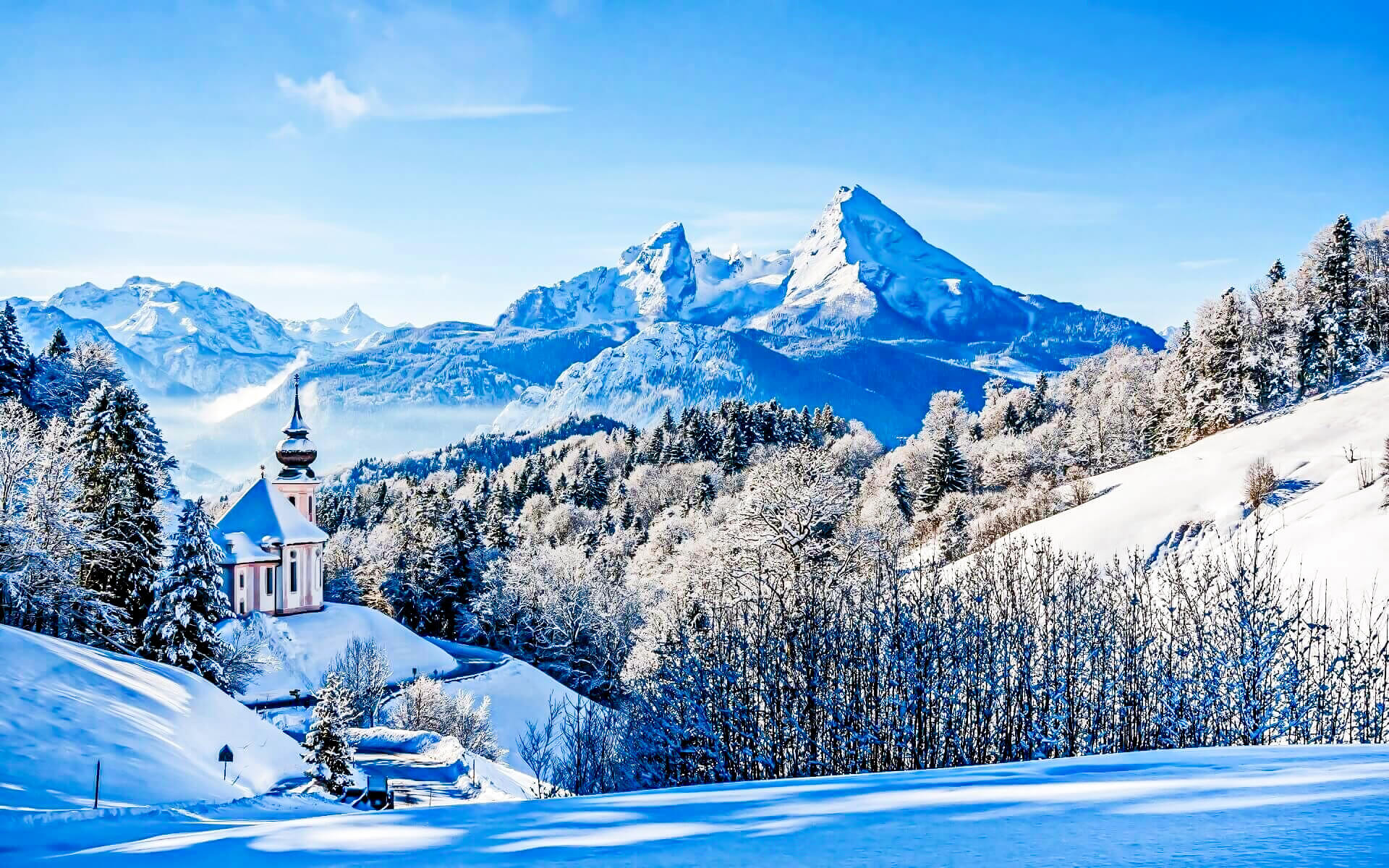[lwptoc]
Garmisch-Partenkirchen is a ski resort in Bavaria, Germany’s southernmost state. The Zugspitze, Germany’s highest peak at 2,962 meters, lies nearby (9,718 ft.).
Adolf Hitler’s directive joining the two municipalities of Garmisch and Partenkirchen in order to bring the 1936 Winter Olympics to Germany resulted in the formation of Garmisch-Partenkirchen. The International Olympic Committee was about to reject Germany as the host country due to a lack of hotel rooms in the host city, so Hitler pushed the union of Garmisch and Partenkirchen in order to create a bigger town that would be more desirable to the IOC.
Garmish-Partenkirchen is a renowned tourist ski town in Germany, with excellent hiking, skiing, and biking activities. It is just a few kilometers away from the Austrian border.
The twin towns of Garmisch and Partenkirchen, with Germany’s highest peak, the magnificent Zugspitze (2962m; 9,781ft) towering above them, are by far the best renowned ski resort in Germany. This is the great Bavarian original: its architecture and atmosphere have been imitated all over the globe.
This is the essence of Bavaria. And the panorama, capped by the gigantic Zugspitze, which is located in both Germany and Austria, is stunning. There are five mountains in all, some of which are linked, as well as the only glacier skiing in Germany, which takes place on the Zugspitze itself. The adjacent settlements of Ohlstadt, Eschenloe, Farchant, and the Austrian ski resort of Oberau and its neighbors are collectively known as “Zugspitzland.”
The Garmisch-Classic ski area connects the three mountains Hausberg, Kreuzeck, and Alpspitze. The slopes of the Hausberg are mostly labelled as blue and red, suggesting easy and intermediate terrain ideal for families and beginner skiers and snowboarders.
The paths below the peak of the Alpspitze are a challenge for all skiers and snowboarders, regardless of skill level. These slopes are not only great for skiing, but they also provide a spectacular view of the surrounding mountains. Because this region is above the treeline, it provides a superb perspective of the surrounding winter beauty.


